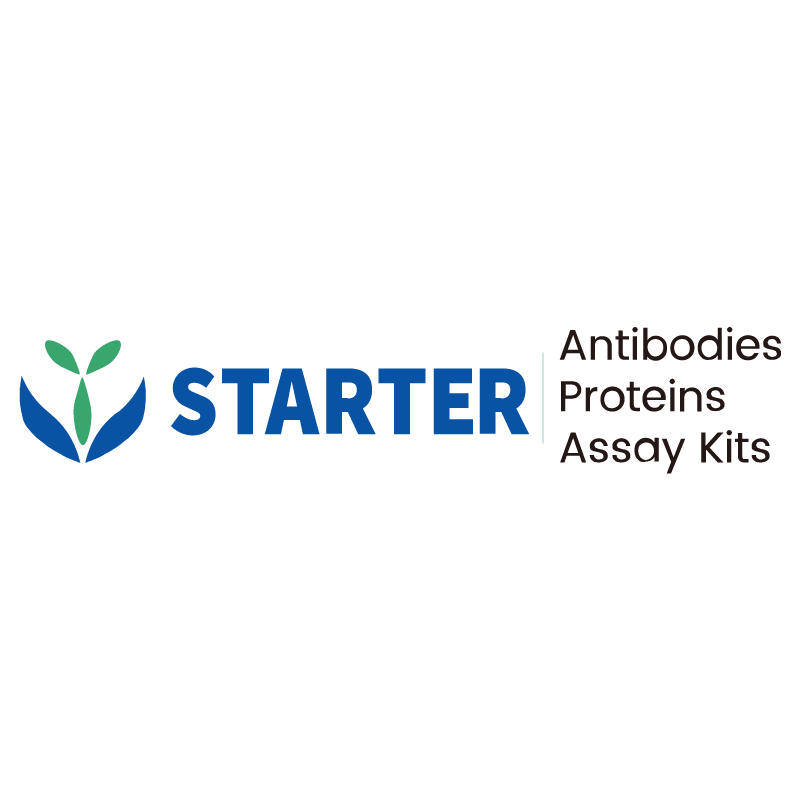Flow cytometric analysis of human PBMC (human peripheral blood mononuclear cells) labelling Human CD183 antibody at 1/200 (1 μg) dilution/ (Right panel) compared with a Mouse IgG1, κ Isotype Control / (Left panel). Goat Anti-Mouse IgG Alexa Fluor® 488 was used as the secondary antibody. Then cells were stained with CD3 - Brilliant Violet 421™ Antibody separately.
Product Details
Product Details
Product Specification
| Host | Mouse |
| Antigen | CD183 |
| Synonyms | C-X-C chemokine receptor type 3; CXC-R3; CXCR-3; CKR-L2; G protein-coupled receptor 9; Interferon-inducible protein 10 receptor (IP-10 receptor); CXCR3; GPR9 |
| Location | Cell membrane |
| Accession | P49682 |
| Clone Number | S-R583 |
| Antibody Type | Mouse mAb |
| Isotype | IgG1,k |
| Application | FCM |
| Reactivity | Hu |
| Positive Sample | human PBMC |
| Purification | Protein G |
| Concentration | 2 mg/ml |
| Conjugation | Unconjugated |
| Physical Appearance | Liquid |
| Storage Buffer | PBS pH7.4 |
| Stability & Storage | 12 months from date of receipt / reconstitution, 2 to 8 °C as supplied. |
Dilution
| application | dilution | species |
| FCM | 1:200 | Hu |
Background
The CD183 protein, also known as CXCR3, is a G protein-coupled seven-transmembrane receptor that primarily binds to CXC subfamily chemokines CXCL9 (Mig), CXCL10 (IP-10), and CXCL11 (I-TAC). These chemokines are produced by local cells at sites of inflammation and are involved in the recruitment of inflammatory cells. CD183 is highly expressed on effector/memory T cells cultured in vitro and on T cells in various inflamed tissues. Additionally, it is expressed on NK cells, some T lymphocytes, and subsets of Treg cells, with a preference for expression on Th1-polarized cells. Activation of CD183 involves cellular responses such as integrin activation, cytoskeletal changes, and chemotactic migration. Due to its key role in inflammatory responses, CD183 has become a target for the development of small molecule antagonists, which may be used to treat a variety of inflammatory diseases.
Picture
Picture
FC


